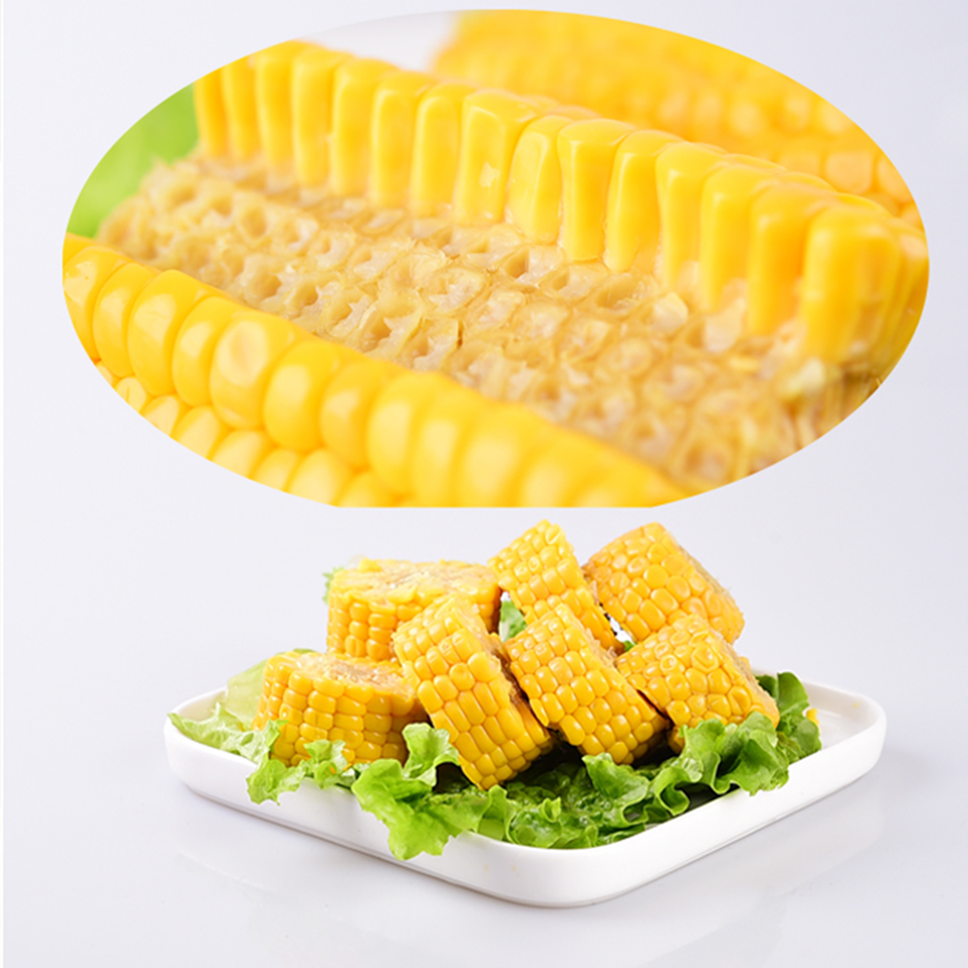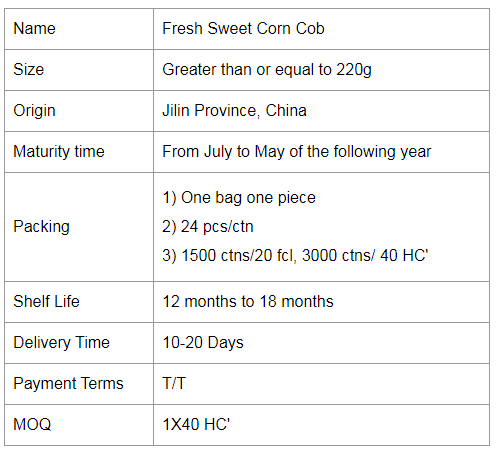New technology of grafting "three different ones" in Qianxi, Hebei
During the planting process of chestnuts in Qianxi, Hebei, many low-yielding trees have a large workload, which is not convenient for pruning and pest control. As a result, the chestnut results are delayed and the yield is low. In order to change this situation, the local Institute of Fruit Research, Hebei Province, Professor Kong Dejun Advocating the "three different growth" grafting method, transforming the low-yielding tree and changing the head, so that the chestnut output will only increase, so Xiaobian will come to elaborate on the new technology of chestnut "three different ones" grafting for your reference. Learn. 1 shaping first Many low-yielding chestnut trees have problems such as unreasonable tree structure, tight extrusion, excessive backbone branches, fewer branches, and the result of external migration. Therefore, it is necessary to solve these problems first. The specific method is: cutting off the backbone branches of the light blocking, crossing, overlapping, horizontal and dense extrusion, increasing the ventilation and light transmission of the chestnut, and making the number of the backbone branches reasonable, and retaining 1 to 2 fruiting branches in the main branches. Remove the remaining side branches, use the top edge of the growth of chestnut trees, pull the water and nutrients to the top to inhibit the length of the branches. 2 punching (cutting interface) Cut the interface on the main branch that is selected, that is, the "T"-shaped interface is cut obliquely, which is beneficial to the quilting after the insertion of the scion. When chamfering, the incision should be selected along both sides of the smooth part of the main branch. Try not to put it on the back of the branch. This will prevent the "long tree" on the tree in the future, and of course avoid the grafting of the undercut. The number of incisions depends on the size of the chestnut tree. Generally, it is every 30 to 40 cm, and it is distributed along the branches. The thick branches can be inserted oppositely, and the thick ones can be inserted on three sides. Generally, 20-year-old trees can be grafted with 60-80 scions. It should be noted that the old tree should first be scraped off with a scraping knife and then punched. 3 sealing slit Use a polyethylene film grafted with a width of 8 to 13 cm and a thickness of 0.2 mm to bond the special straps. The sealing width should be 20 cm or more. When sealing, it is necessary to protect 4 layers of thickness at the interface part, and then wrap it down for a period of time. This can prevent the exposed ear from being exposed when the cutting is inserted, resulting in low grafting survival rate or wind and water loss. 4 Select Scion Scion requirements: the selection of the pure, robust, disease-free, water-rich, bud full life results of the mother branch for scion; The specific operation of the scion: the scissor surface must be flat, the length of the noodles is 6 to 7 cm, and a knife is placed on the side of the back end to keep the scion into a wedge shape. 5 plugs Insert the cut scion from the already wrapped incision. Be sure to insert all the flattened parts of the scion into the bark. 6 After management After grafting for about 7-14 days, check the graft survival rate. When the dead scion is found to be replenished in time, it should be removed at any time to prevent it from competing with the surviving scion for nutrition, resulting in death or poor growth after grafting.
Sweet corn. The light green outer leaves of sweet corn are yellow grains, but also purple and yellow. The grains are small and round, the skin is thin and soft, tender, sweet and delicious.Contains carotene, zeaxanthin, with the effect of eye protection.
Corn is also a good choice for consumption during weight loss because of its high available energy. The metabolic energy of corn is 14.06 MJ/kg, with the highest being 15.06 MJ/kg, the highest of the cereal feeds. This is mainly due to the fact that there is very little crude fibre in corn, only 2%, while the nitrogen-free leachate is up to 72% and the digestibility is up to 90%; on the one hand, corn has a high crude fat content, between 3.5% and 4.5%.
So how do you cook a sweet corn?
Corn Cob,Fresh Corn Cob,Ready Sweet Corn,Single Packed Sweet Corn Cob Jilin Province Argricultural Sister-in-law Food Co., Ltd. , https://www.nscorn.com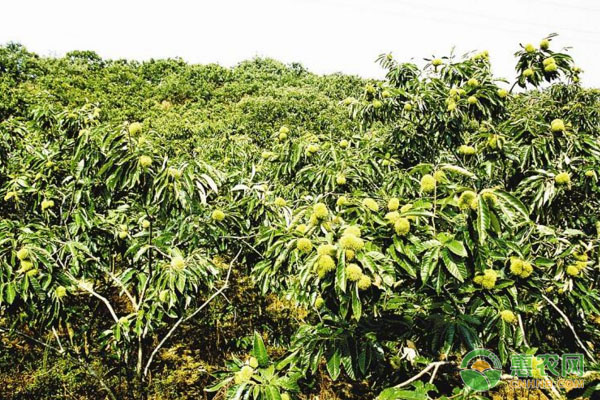
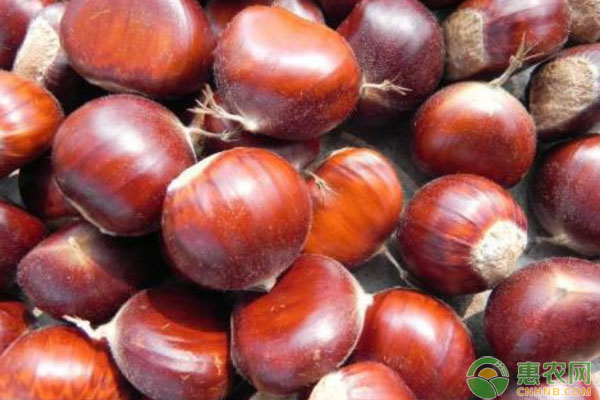
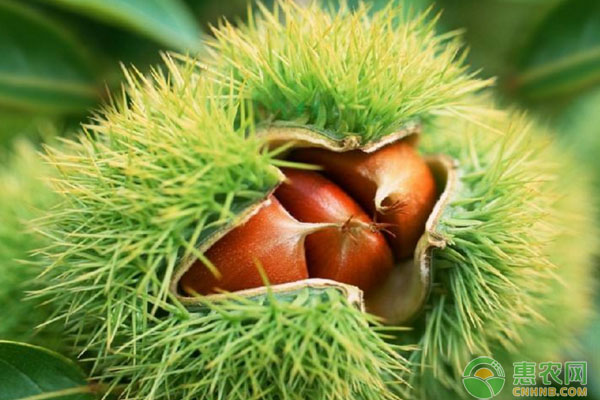
Sweet corn is most often boiled into soups. It is a favorite soup for children and adults, whether it is made into a clear corn soup with ribs or pureed with cream.
1. Leave the leaves
If you strip the leaves off, the corn will lose nutrients and flavor when it cooks, so it's best to leave two thin leaves to make it easier to cook and have a nice aroma.
2. Soak
Soak the corn in cold water for 20 to 30 minutes before boiling, then boil it on high heat to give it a bit more chew.
3. Add salt
When the water is boiling, add a little salt to amplify the sweetness of the corn.
